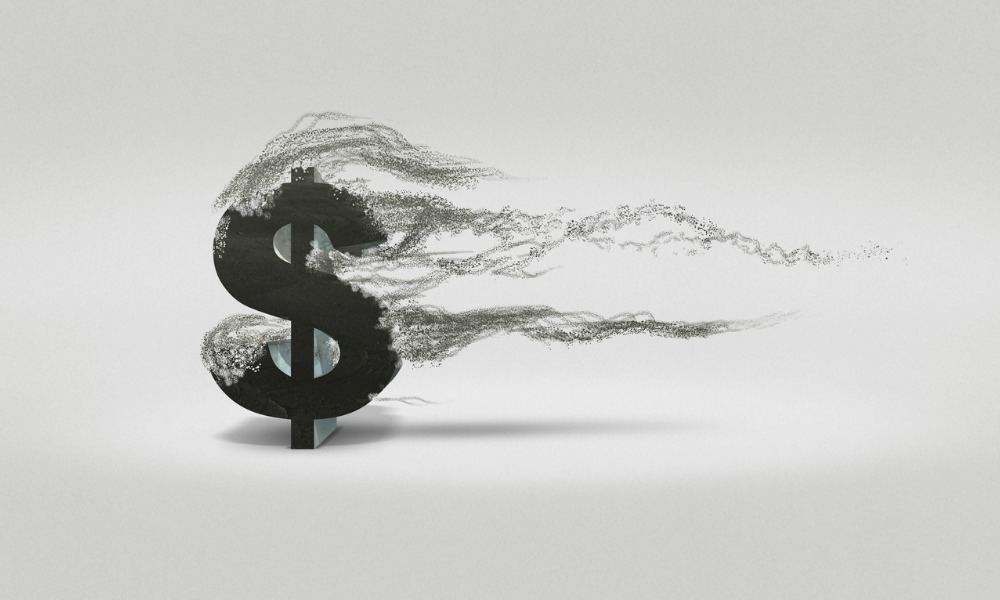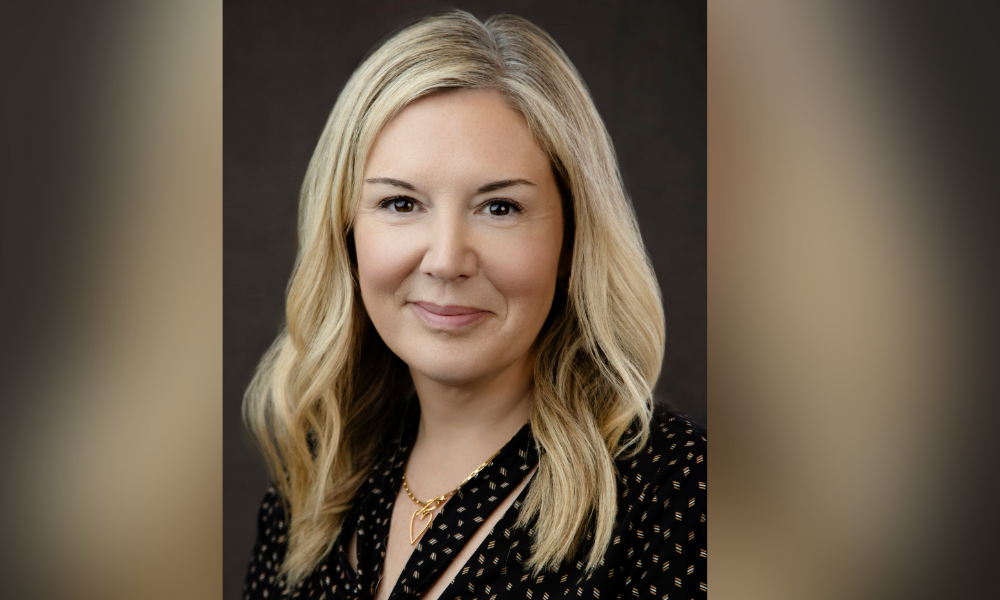Insolvency and bankruptcy are different legal terms that are often used interchangeably. In Canada, both fall under the Bankruptcy and Insolvency Act (BIA) and the Companies' Creditors Arrangement Act (CCAA) which are both administered by the Office of the Superintendent of Bankruptcy.
Insolvency and bankruptcy may be differentiated as:
- Insolvency: the financial state where a debtor cannot pay off its debts and other financial obligations when it becomes due, or after it has become due. Insolvency can be considered the prior condition before a debtor files for bankruptcy.
- Bankruptcy: the legal process whose goal is to relieve debtors who are financially distressed or financially troubled, preventing them from paying off their debts and other financial obligations.
Simply put, bankruptcy is the legal process while insolvency is the financial state.
Although both terms refer to a person’s or company’s excessive debts, being insolvent doesn’t automatically mean that the debtor becomes bankrupt. There are other ways of preventing bankruptcy while being insolvent. However, when the financial distress of a debtor is too overwhelming, the debtor would have to resort to declaring bankruptcy.
Insolvency vs. Bankruptcy under Canadian laws
Insolvency and bankruptcy may differ legally according to the laws of each country. For Canada, the difference between bankruptcy and insolvency is found in the BIA and the CCAA.
Options under Bankruptcy and Insolvency
For debtors dealing with financial distress, there are several options under the BIA and the CCAA:
- Bankruptcy Orders and Assignments (Part II, BIA): filed by individuals, businesses, or companies where any of the acts of bankruptcy (Section 42, BIA) applies;
- Commercial or Corporate Proposal or Division I Proposal (Division I, Part III, BIA): filed by individuals, businesses, or companies whose unsecured debts amount to more than C$250,000;
- Consumer Proposal or Division II Proposal (Division II, Part III, BIA): filed by an individual or individuals whose unsecured debts amount to more than C$1,000 but less than C$250,000;
- CCAA Filing or Proceeding (Section 3 (1), CCAA): filed by companies whose different claims against that company amounts to more than C$5,000,000.
Among these four options, only Bankruptcy Orders and Assignments apply to bankruptcy. The other three options apply to entities going through insolvency. They may usually opt out of declaring bankruptcy or treat bankruptcy as a last resort.
Know more about the general provisions of the BIA in this video:
You can learn more about the BIA and the CCAA by consulting a legal expert in your province or territory. If you live in Toronto, contact one of the top-ranking insolvency & financial restructuring lawyers in Ontario.
Bankruptcy as a last resort of Insolvency
Usually, the filing of Bankruptcy Orders and Assignments happens when the insolvency proposal presented in a creditors’ meeting is rejected by most of the creditors under a Division I Proposal, Division II Proposal, or a CCAA Filing or Proceeding. In other words, the actual filing of bankruptcy will (or may) happen if creditors reject the insolvency plan presented by the debtor.
However, a rejection does not automatically declare the debtor bankrupt. Certain remedies may still be used by the debtor. For example, under Consumer Proposal and Division I Proposal, the debtor may amend the proposed plan previously rejected by the creditors. The debtor can also appoint a new trustee or licensed trustee for Division I Proposals (Sections 57, BIA).
This just means that being bankrupt is not the end of the road for the debtor, which may or may not be an appropriate solution depending on their overall financial situation.
What do you lose if you declare bankruptcy in Canada?
All debts of a debtor-company will be relieved after a bankruptcy discharge. This is done through:
- an automatic discharge (Section 168.1 (1), BIA); or
- a court order after application for discharge (Section 169 (1), BIA).
As an effect of the discharge, a debtor-company will be relieved from paying all its debts if all conditions of the bankruptcy have been fulfilled.
As for bankrupt companies or corporations, they will only be discharged after fully satisfying all the claims of their creditors (Section 169 (4), BIA).
However, under the BIA, not all types of debts, liabilities, or obligations are relieved in a bankruptcy discharge. The BIA states that the following will not be discharged (Section 178, BIA):
- Court-imposed liabilities: such as fines, penalties, restitution orders, or award of damages arising out of an offence, crime, recognizance, or bail;
- Alimonies or supports: such as debts or liabilities arising out of an alimony or alimentary pension, or out of a spousal support and/or child support;
- Dividends: where the creditor is due to receive one, which was not disclosed to the trustee;
- Loans: such as those arising from the Canada Student Loans Act, the Canada Student Financial Assistance Act, or the Apprentice Loans Act; and
- Interest: where any of these loans or debts produce interest.
How long does insolvency last in Canada?
Under Canadian provincial laws, a negative report about a person’s or corporation’s bankruptcy on their credit reports will last up to 6 or 7 years, depending on the specific province.
For persons and corporations that have declared bankruptcy more than once, these negative reports on their bankruptcies will appear in their credit report for about 14 years.
How much debt do you need to file bankruptcy in Canada?
At a minimum, debtors who owe more than C$1,000 may file for bankruptcy under the BIA.
Can you be denied bankruptcy Canada?
While certain private trustees may deny rendering services to a bankrupted entity, the Office of the Superintendent of Bankruptcy will certainly help individuals and corporations through a licensed trustee if a bankruptcy proceeding is warranted.
Have more questions on the difference between insolvency and bankruptcy? Leave your questions in the comment section below or ask the leading insolvency & financial restructuring lawyers in Canada.





